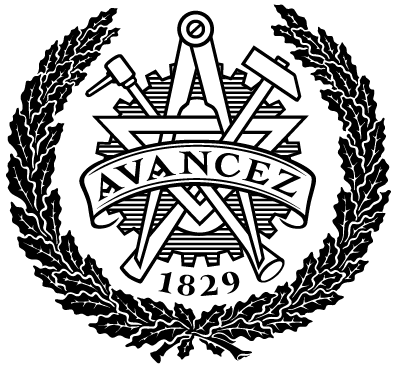Optimisation of the Recovery Section of a Polyolefin Catalyst Manufacturing Process
| dc.contributor.author | Räsänen, Jukka T. | |
| dc.contributor.department | Chalmers tekniska högskola / Institutionen för energi och miljö | sv |
| dc.contributor.department | Chalmers University of Technology / Department of Energy and Environment | en |
| dc.date.accessioned | 2019-07-03T12:28:33Z | |
| dc.date.available | 2019-07-03T12:28:33Z | |
| dc.date.issued | 2010 | |
| dc.description.abstract | During the production of Ziegler-Natta catalysts, comparatively large amounts of washing effluents are generated. It is of significant importance – both in terms of economic competence and environmental concern – that these washing effluents are treated for recovering the components. The objective of this work was to develop and optimise the separation processes of the recovery section of a catalyst manufacturing plant. The methods proposed in the initial design were proven suitable for the purposes. It was shown that it is possible and highly economical to recover the valuable components from the motherliquor and washing effluents. It was also proven, that these components can be efficiently reused in the washing stages without harmfully affecting the catalyst properties. The recovery efficiency of a continuous evaporator was proven high: over 90 % of the most valuable component, titanium tetrachloride, was recovered. The evaporator was most feasible when operated at reduced pressures. The separation of the key components via distillation was proven economically feasible. However, the toluene column condenser is proposed to be a partial condenser instead of total. The accumulation of light components in the toluene recovery cycle can be effectively avoided via bleeding the vapour from this condenser out from the process. The accuracy of modelling the separation units was increased via regression of the binary interaction parameters of the key components. The parameters for describing the nonidealities were regressed from experimental vapour-liquid equilibrium data. Via these experiments it was also proven that there are no azeotropes within the studied binary mixtures and hence conventional distillation is possible. The effects of the impurities in the washing liquids were shown to have practically no effect on the catalyst composition, morphology or polymerisation properties. Hence, these recovered components can be recovered and reused in the washing stages at the studied conditions. Overall, the concept was proven technically and economically feasible. The variable operating cost of not having the recovery section was 158 €/kgcatalyst. The economic worth of the optimised recovery section with the proposed corrections was 86,3 € per unit quantity; thus reducing the variable operating cost to 71,7 €/kgcatalyst. | |
| dc.identifier.uri | https://hdl.handle.net/20.500.12380/131164 | |
| dc.language.iso | eng | |
| dc.setspec.uppsok | LifeEarthScience | |
| dc.subject | Kemiteknik | |
| dc.subject | Kemiska processer | |
| dc.subject | Chemical Engineering | |
| dc.subject | Chemical Process Engineering | |
| dc.title | Optimisation of the Recovery Section of a Polyolefin Catalyst Manufacturing Process | |
| dc.type.degree | Examensarbete för masterexamen | sv |
| dc.type.degree | Master Thesis | en |
| dc.type.uppsok | H |
Ladda ner
Original bundle
1 - 1 av 1
Hämtar...
- Namn:
- 131164.pdf
- Storlek:
- 4.02 MB
- Format:
- Adobe Portable Document Format
- Beskrivning:
- Fulltext
